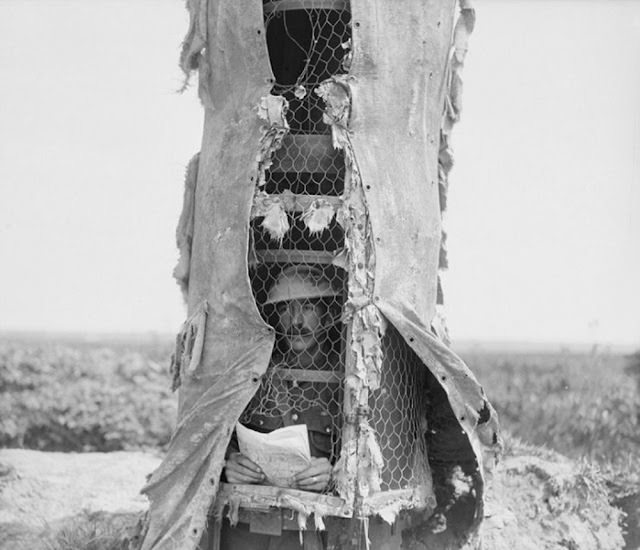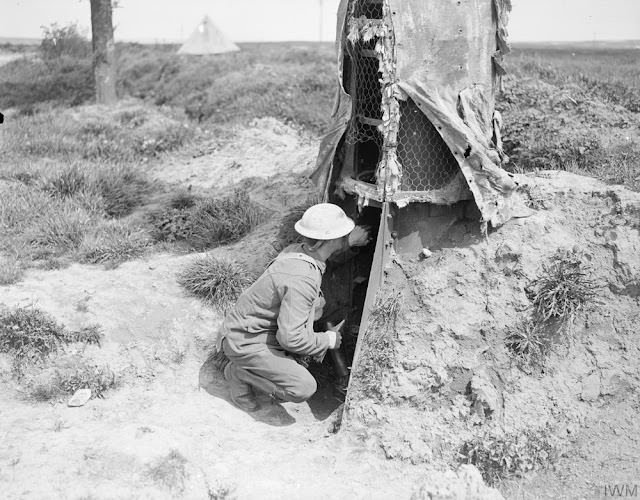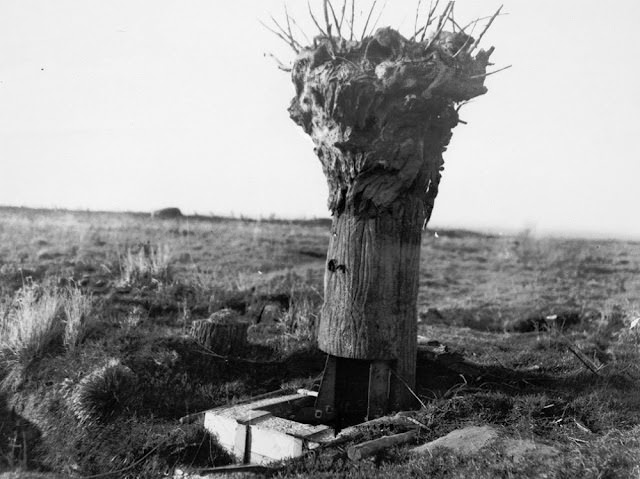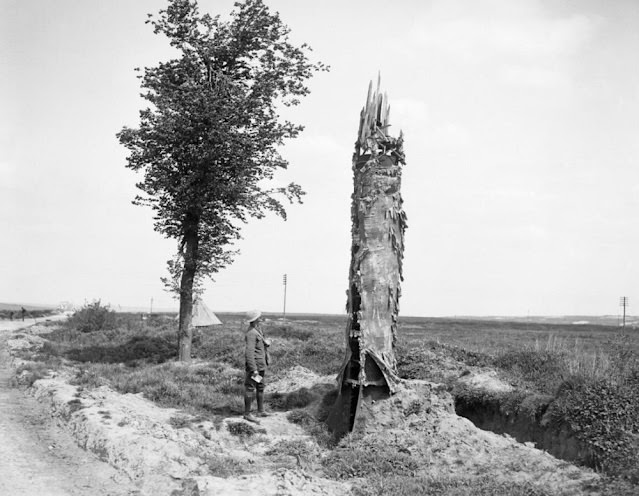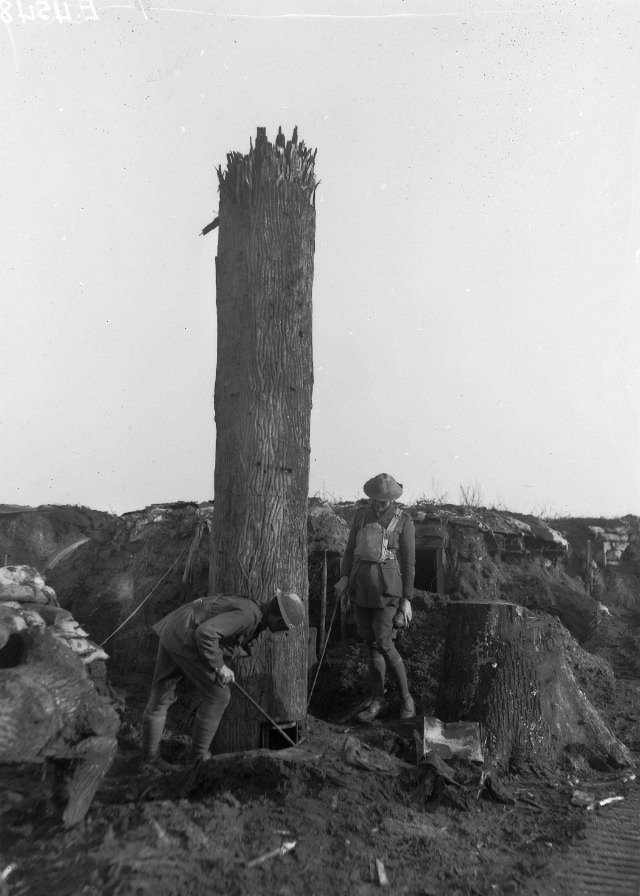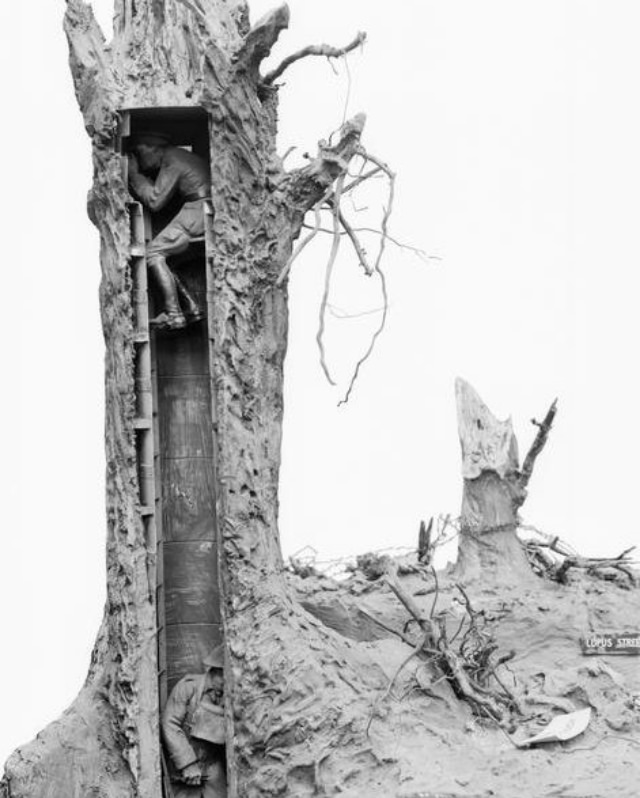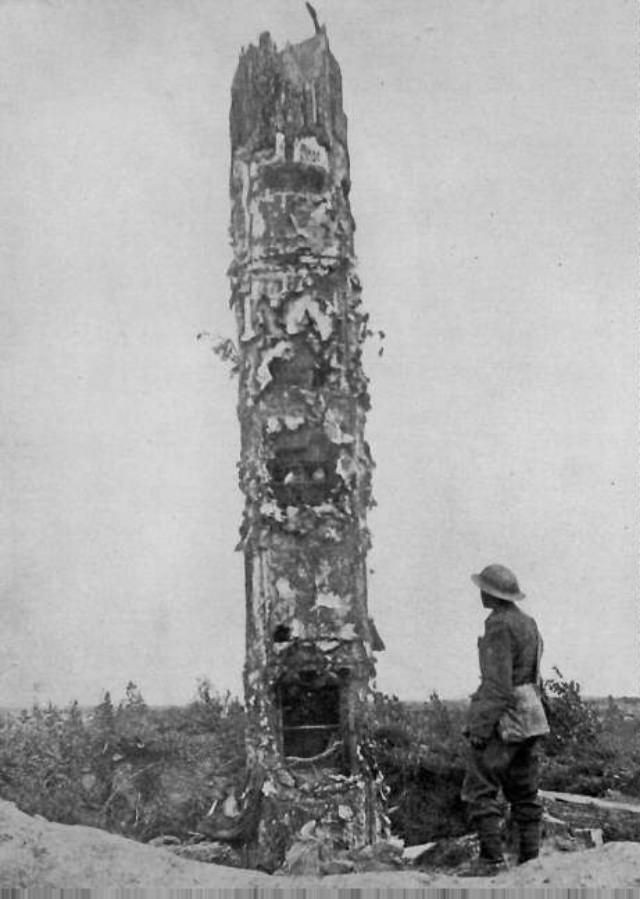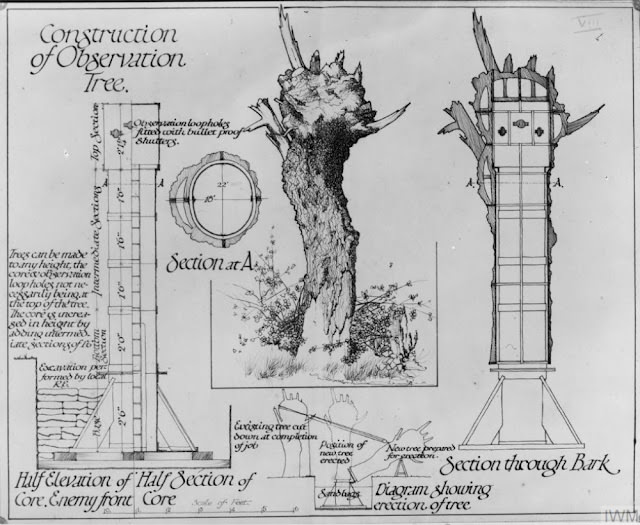The trench-laden landscapes of World War I’s Western Front presented a unique set of challenges. Opposing armies were hunkered down in dug-out trenches, waiting and watching, making any kind of surveillance a risky endeavor. Enter the camouflage tree.
Not Your Ordinary Tree
Imagine a tree that’s not rooted in the soil but is, in fact, a meticulously designed observational post. This was the answer to the puzzle of how to observe enemy movements without sticking one’s neck out—quite literally.
The process to create one of these trees was as intricate as it was ingenious. It began with a military artist carefully sketching an actual tree situated in the perilous no man’s land. This wasn’t a random choice—the tree would ideally be located at a vantage point for surveillance.
Based on the artist’s drawings, a hollow replica, complete with a sturdy steel core, was crafted. Every knot, branch, and imperfection was recreated to ensure that this man-made contraption was indistinguishable from the real deal.
A Dangerous Game of Switcheroo
The most dangerous part came next. Under the protective shroud of night, brave soldiers would venture into the perilous no man’s land. Their mission? To cut down the real tree and swiftly replace it with its camouflaged counterpart. If done correctly, by dawn, the landscape would look unchanged.
But within the hollow of this artificial tree, a soldier, equipped with binoculars and grit, would nestle in. From this vantage point, he could observe the enemy’s every move, all while staying shielded from the prying eyes and potential gunfire of the opposition.


